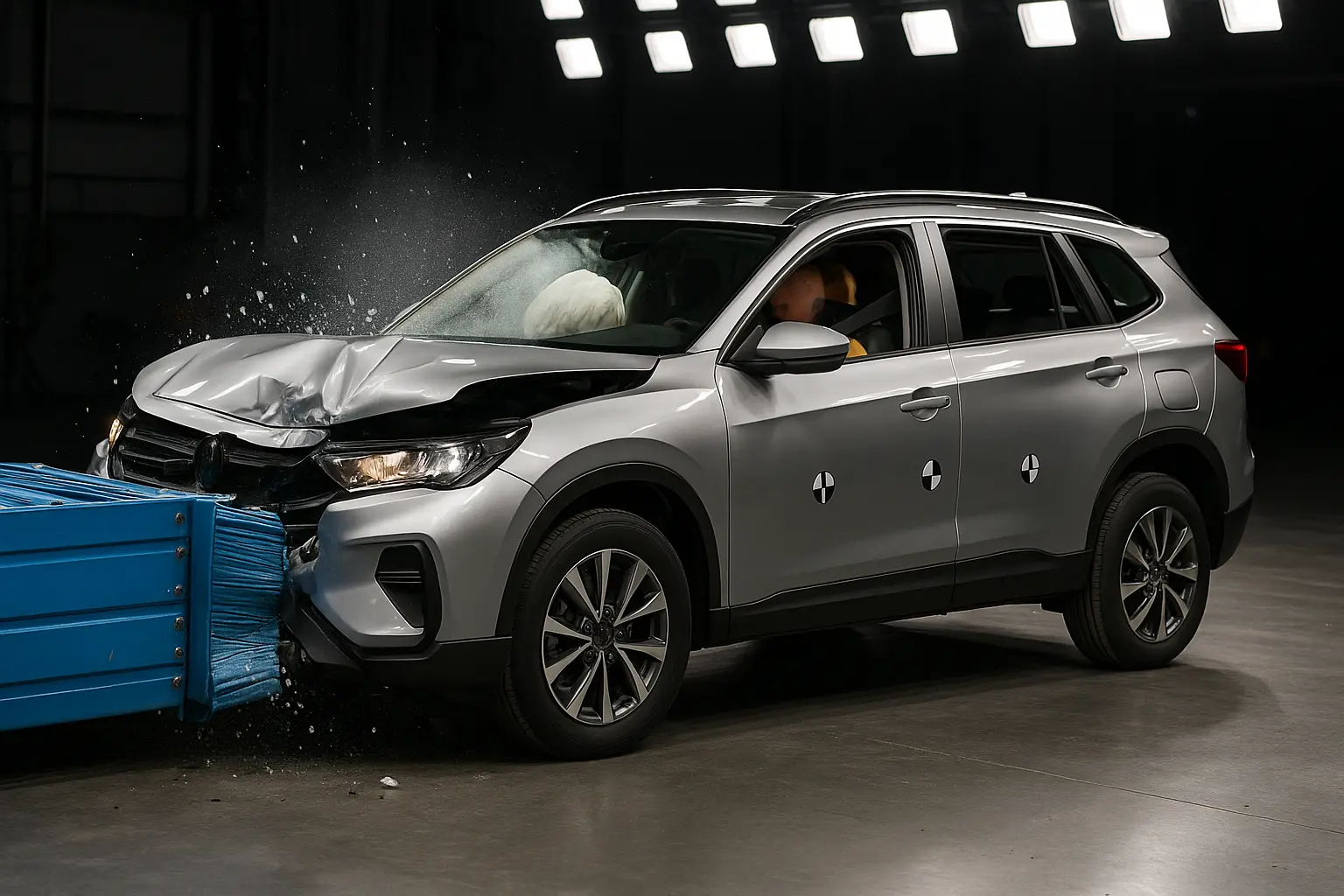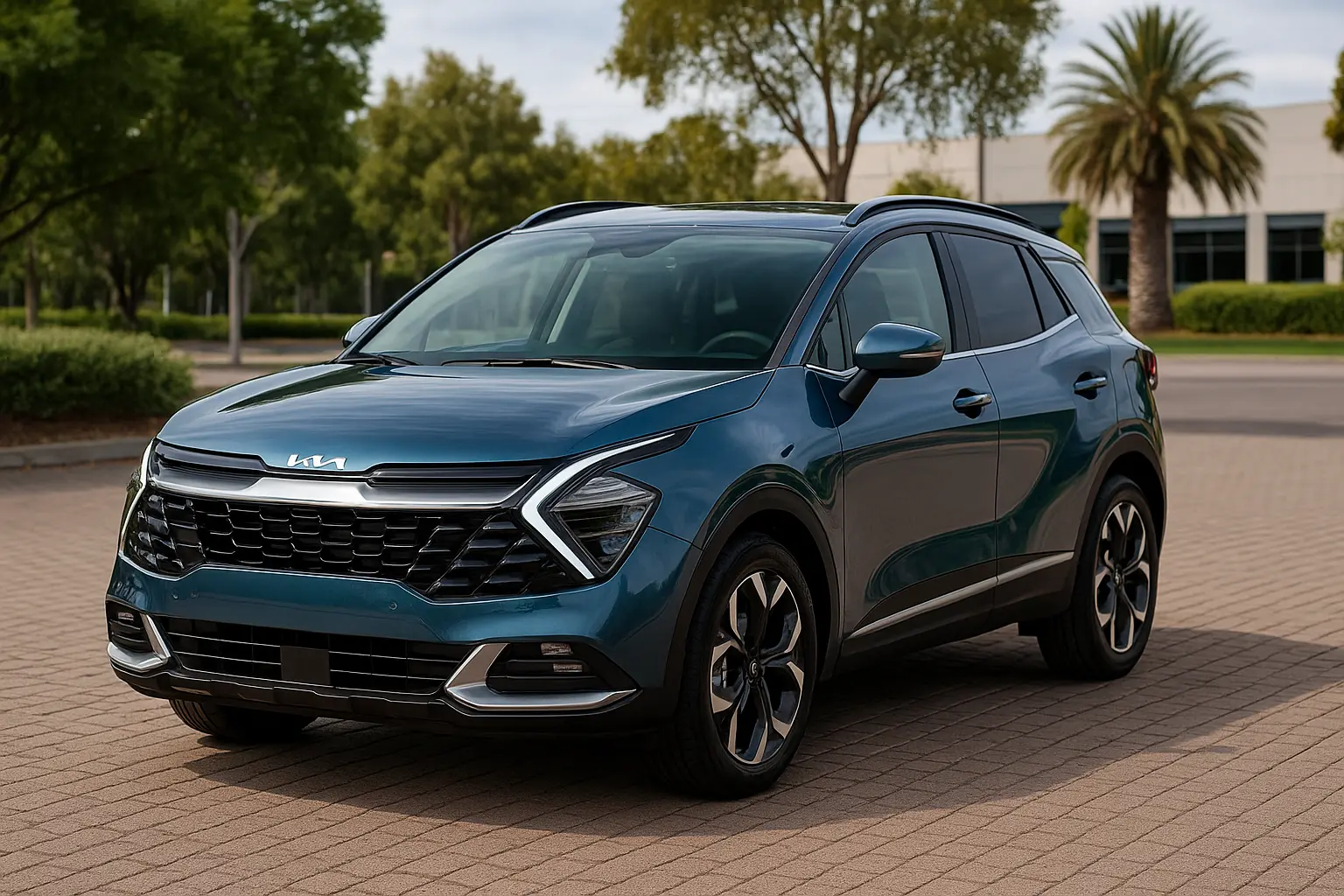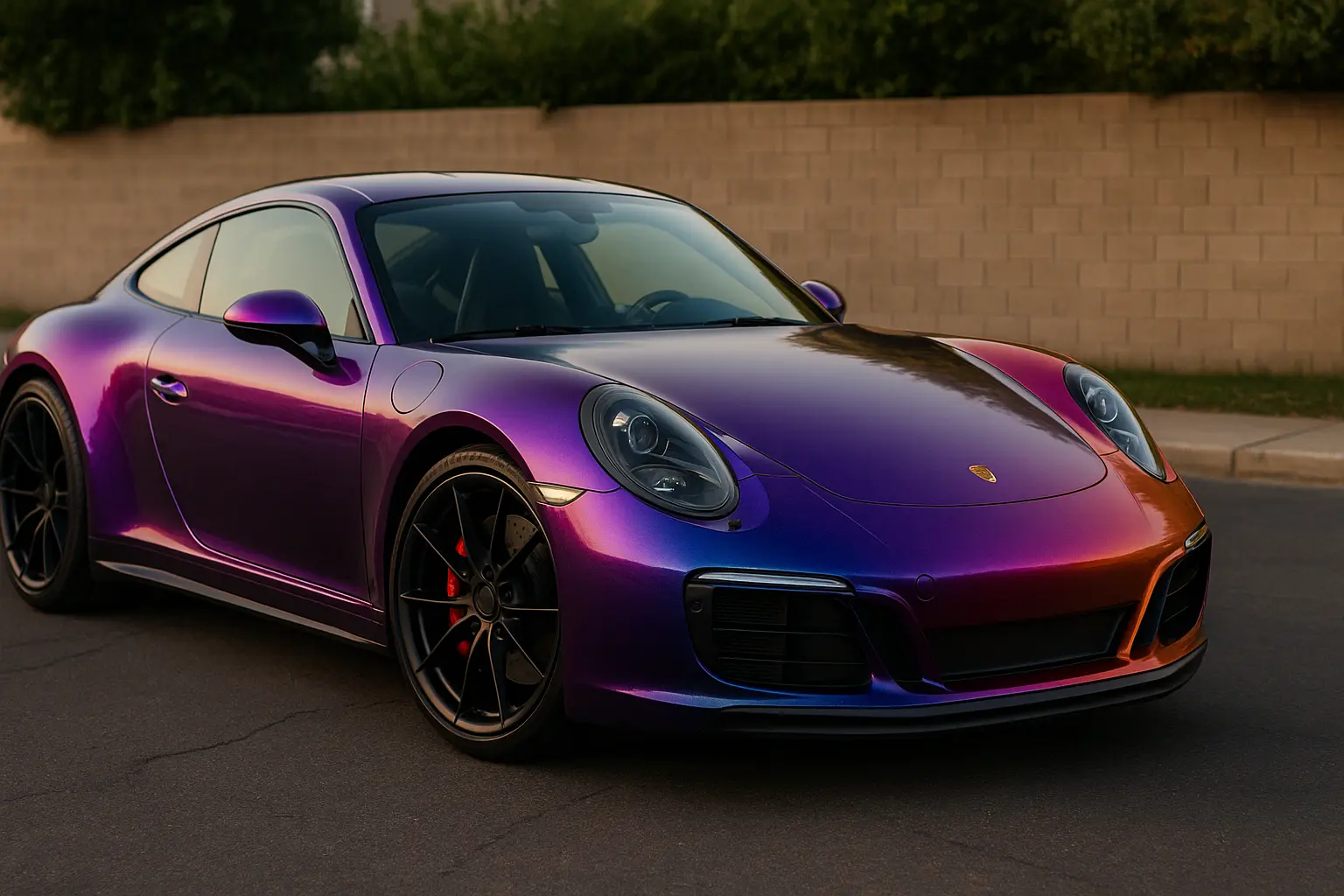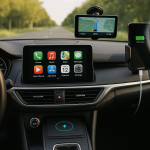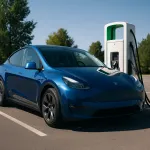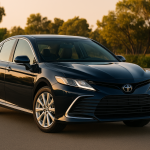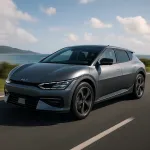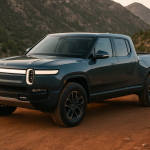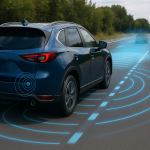Why Car Safety Ratings Are More Important Than Ever in 2025
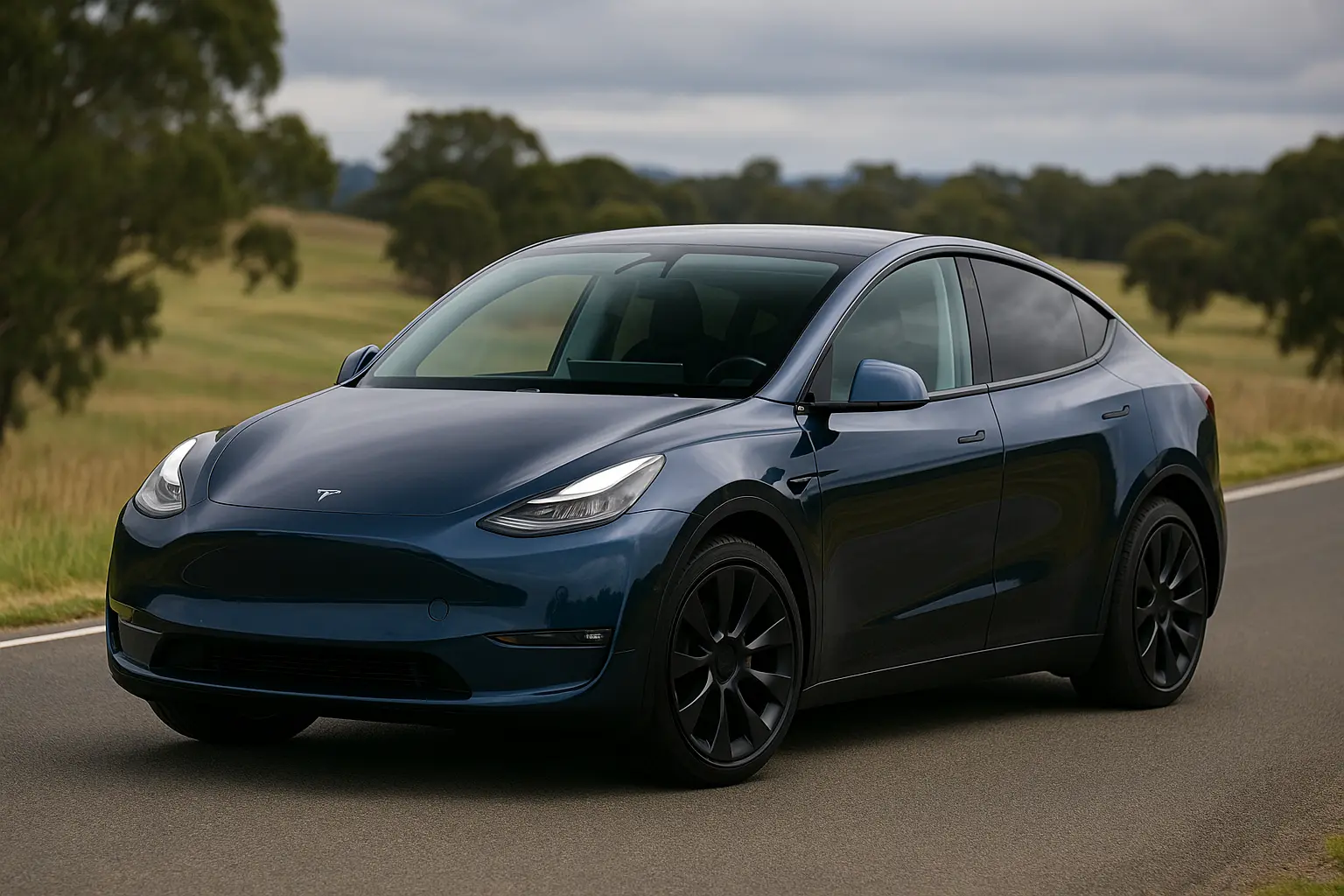
When choosing a new vehicle in 2025, Australians are prioritising safety more than ever before—and with good reason. With road traffic increasing, new vehicle technologies evolving rapidly, and ANCAP crash testing becoming more rigorous, the way we interpret and value car safety ratings has shifted significantly.
In this guide, we’ll explore:
- What ANCAP safety ratings actually mean
- How crash test results are conducted and interpreted
- Why 2025’s stricter standards are reshaping car design
- What features to look for in the safest vehicles today
- And which 2025 cars rank highest in safety
What Are Car Safety Ratings?
Safety ratings assess how well a vehicle protects its occupants (and pedestrians) in a crash. In Australia, the Australasian New Car Assessment Program (ANCAP) is the gold standard, alongside Euro NCAP for some imported models.
ANCAP assigns a star rating from 1 to 5, based on rigorous crash tests and safety tech evaluations. A 5-star car is considered the safest, meeting or exceeding all test thresholds.
The Core Areas of ANCAP Assessment:
- Adult Occupant Protection (AOP)
- Child Occupant Protection (COP)
- Vulnerable Road User Protection (VRU)
- Safety Assist Technologies (SAT)
In 2025, scoring well in each of these categories is tougher than ever—let’s explore why.
What’s Changed in 2025? New ANCAP Protocols Explained
ANCAP updates its assessment protocols every few years, and 2023–2025 introduced some of the most comprehensive revisions yet. These changes aim to reflect real-world crashes, not just lab simulations.
Key Updates:
- Far-side impact testing: Evaluates how well passengers are protected in non-struck-side collisions (e.g., T-bones).
- Driver monitoring systems: Advanced fatigue and distraction detection systems are now assessed.
- Motorcycle detection in AEB: Cars must now demonstrate automatic emergency braking against two-wheeled vehicles.
- Child presence detection: In-cabin sensors are required to detect and alert for children accidentally left in the vehicle.
These updates reflect modern driving challenges—distraction, complex traffic environments, and varied road users.
Why It Matters More Now Than Ever
1. Technological Overload Increases Driver Distraction
With infotainment systems becoming more advanced, drivers are increasingly multi-tasking behind the wheel. While helpful, these systems also raise the risk of inattention. New safety features—like lane-keep assist, AEB, and driver monitoring—are essential safeguards.
2. More Australians Are Driving SUVs and EVs
The shift toward larger SUVs and heavier electric vehicles means more mass on the road. This increases the risk of severe injuries in collisions—especially for pedestrians and smaller cars. ANCAP now tests for these scenarios more rigorously.
3. Urbanisation and Vulnerable Road Users
Increased urban traffic means more pedestrian and cyclist interactions. Cars now must score well in vulnerable road user protection, such as bonnet design, pedestrian airbags, and AEB pedestrian/cyclist performance.
4. Climate & Conditions in Australia
Australian roads can vary drastically—from remote highways to urban congestion. Vehicles tested under ANCAP protocols need to show versatility in safety, not just single-condition competence.
How Crash Tests Work in 2025
Crash testing is both physical and virtual. Here’s how vehicles are tested by ANCAP today:
Physical Crash Scenarios Include:
- Frontal offset (64 km/h): Simulates head-on collision with another car.
- Side impact (50 km/h): Tests against a moving barrier hitting the driver's side.
- Pole test (32 km/h): Measures side protection when sliding into a pole.
- Whiplash test (rear-end crash): Assesses neck injuries in low-speed rear collisions.
New Test Types in 2025:
- Far-side impact: Ensures passengers don’t slam into each other or the car’s interior.
- Autonomous braking simulations: Now includes night-time pedestrian and cyclist detection.
Crash dummies are more advanced too, with over 150 sensors tracking force, pressure, and impact on vital areas.
Safety Features That Influence Ratings
A car can no longer score 5 stars with good crash structure alone. Active safety tech is now a major factor.
Essential 2025 Features:
- AEB with pedestrian/cyclist/motorcycle detection
- Lane departure warning and lane-keep assist
- Driver monitoring system (DMS)
- Adaptive cruise control with stop & go
- Blind-spot monitoring and rear cross-traffic alert
- 360° camera system
Some newer features also assessed:
- Emergency lane keeping
- Intersection AEB (turning into oncoming traffic)
- Speed limit recognition
- Child presence alerts
Real-World Impact of High Safety Ratings
1. Insurance Premiums
Cars with 5-star ANCAP ratings often qualify for lower insurance costs, thanks to reduced risk of injury and fewer accident claims.
2. Higher Resale Value
A 5-star ANCAP car retains better value because buyers trust its long-term safety.
3. Fleet Purchases
Many fleet buyers (including government and commercial buyers) only purchase 5-star cars, boosting demand for safer vehicles.
4. Peace of Mind
Knowing you and your passengers are protected by the latest technology adds confidence on every trip—especially for families.
Safest Cars in Australia 2025 – Top Picks
Here are a few vehicles that have earned 5-star ANCAP ratings in 2025, along with their safety strengths:
★ Toyota RAV4 (Hybrid & Petrol)
- AEB with night pedestrian detection
- Lane centring assist
- Excellent child occupant protection
★ Tesla Model Y
- 5-star ANCAP & Euro NCAP
- Advanced driver monitoring
- High-performing AEB and auto steering assist
★ Subaru Outback
- Excellent visibility & crash structure
- 5-star AOP & COP scores
- Dual camera EyeSight system
★ Hyundai Ioniq 6
- Multiple AEB modes
- Emergency lane keeping
- Pedestrian alert sounds for EV safety
★ Mazda CX-60
- Great side impact protection
- All-round safety assist technology
- Good vulnerable road user score
Common Misconceptions About Safety Ratings
“It’s just a marketing gimmick.”
Wrong. ANCAP is independent and transparent. Car makers cannot pay for better ratings. They can only improve their designs.
“5 stars is 5 stars.”
No longer true. A 5-star rating from 2015 doesn’t match today’s standard. ANCAP updates its protocols, so a 2015 5-star car may now only rate 3 or 4 stars under 2025 rules.
“I’m a good driver. I don’t need all that tech.”
Even the best drivers can be caught off guard by a sudden stop, distraction, or poor weather. Safety features are backup systems—not replacements.
How to Use Safety Ratings When Buying a Car
1. Always Check the Year of Rating
Look for the ANCAP badge with the test year. A 2025 5-star car is held to far higher standards than a 2018 5-star one.
2. Use the ANCAP Website
Visit ancap.com.au to compare ratings and detailed score breakdowns.
3. Ask the Dealer
Request confirmation that the vehicle has been ANCAP tested under the latest protocols. Imported models sometimes use Euro NCAP data instead.
What’s Next for Safety Ratings?
ANCAP and Euro NCAP are expected to assess autonomous driving tech next—such as self-parking systems, highway assist, and over-the-air update safety.
Also under review:
- Child presence detection becoming mandatory
- Data sharing laws to ensure crash data is accessible for analysis
- Standardising vehicle-to-everything (V2X) communication safety
Final Thoughts – Your Safety Is Non-Negotiable
In 2025, car safety is about more than seatbelts and airbags. It’s about active protection, crash prevention, and accountability. As vehicle complexity increases, understanding ANCAP safety ratings helps Australians make better, safer buying decisions.
Before your next purchase, ask yourself:
“Will this car protect me and others when it matters most?”
If the answer isn't a confident yes, keep looking—because now more than ever, safety isn’t optional—it’s essential.
Leave a comment
Your email address will not be published. Required fields are marked *


